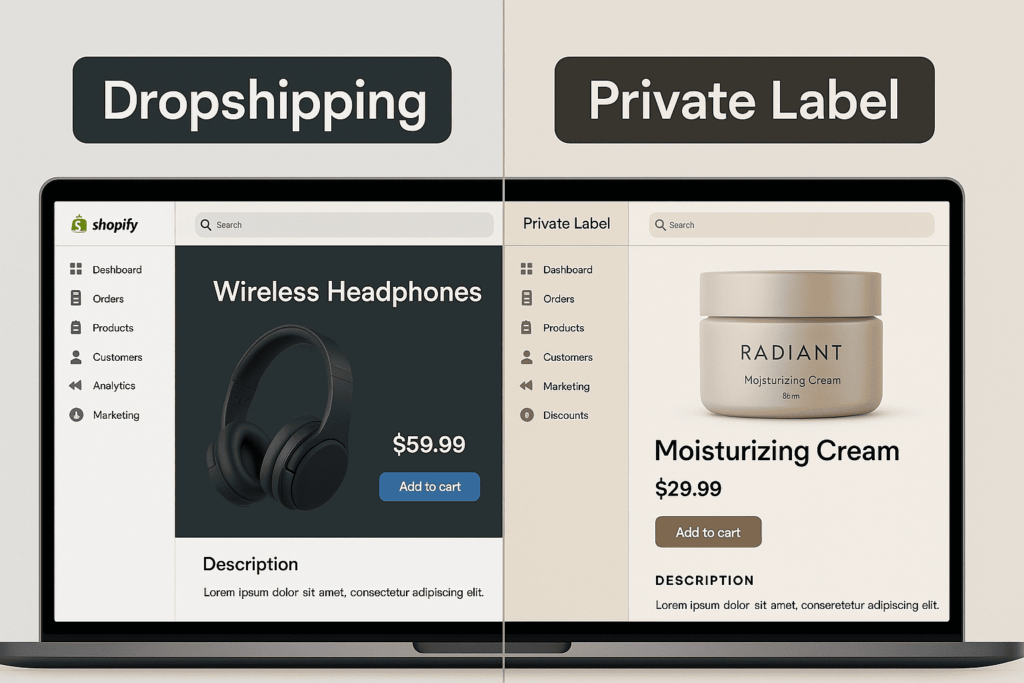
Welcome to the debate of 2025: Dropshipping vs Private Label – which way to long-term Shopify Success? Waking up to a Shopify dashboard filled with orders – but here’s the twist: you’ve handled zero inventory. Or perhaps you’re creating a trendy brand that customers know and adore.
In a reality where consumer expectations are through the roof and competition is fierce, selecting the ideal eCommerce model is not only a business choice – it’s an expansion roadmap.
Setting the Stage: What’s the Difference?
Dropshipping: You resell products that you don’t carry. Inventory, packaging, and shipping fall to your supplier.
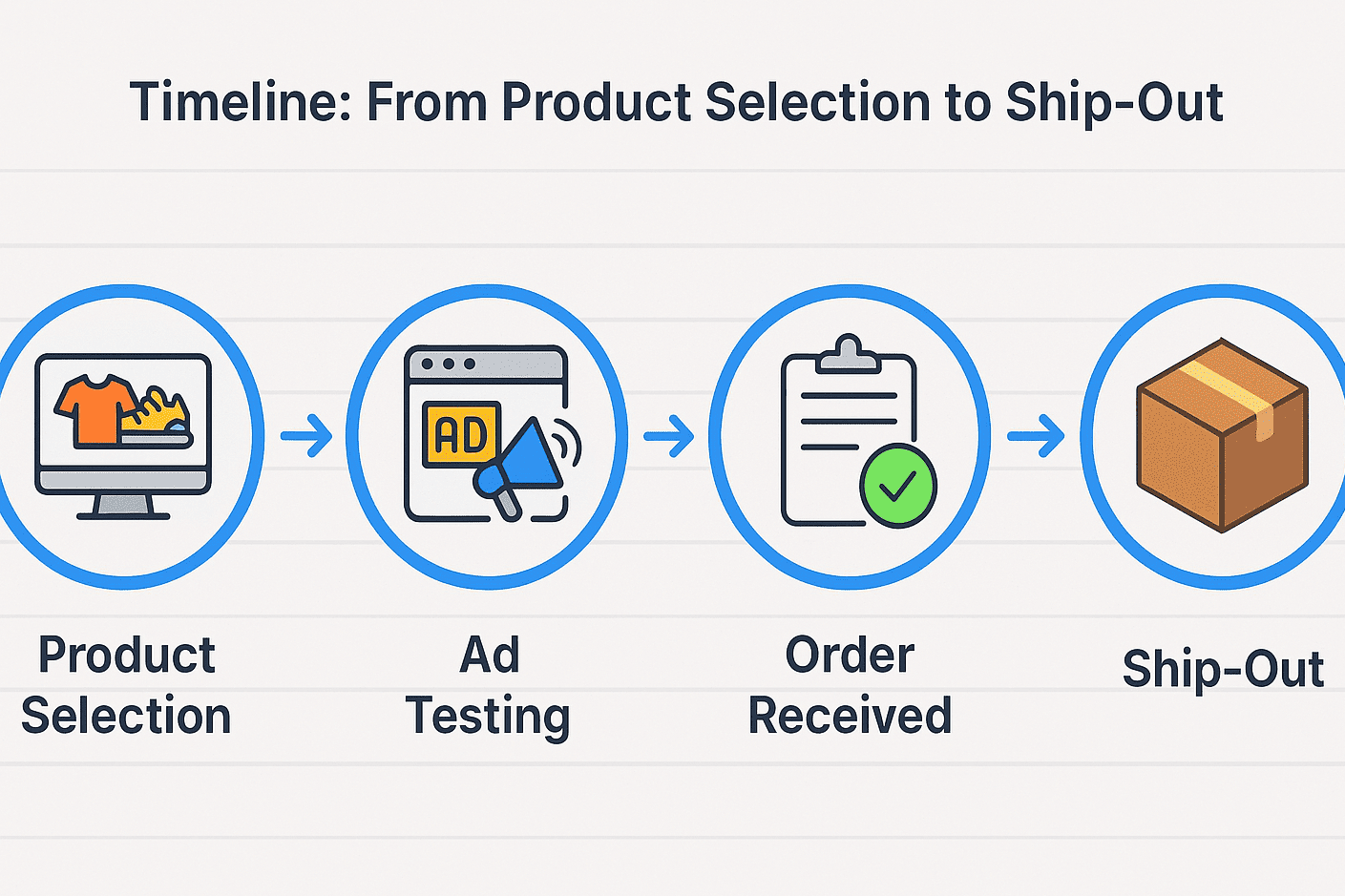
Private Label: You establish your own line of branded products, dictate packaging, and regularly deal directly with manufacturers.
Both models succeed. But in 2025, what succeeds best for you hinges on your objectives, funds, and how much you care about controlling your brand narrative.
Dropshipping in 2025: Is It Worth It?
Dropshipping’s had its ups and downs, but it’s transforming – rapidly.
What’s Working Now:
- Artificial intelligence-based product research tools such as DropshipSpy and Sell The Trend.
- Hyper-niche products with micro-target audiences.
- TikTok & Meta ads are pulling all the weight for instant momentum.
- Print-on-demand customization to connect more on an emotional level.
Challenges:
- Low margins.
- Quality control concerns.
- Shipping lag is detrimental to customer experience.
Winning Strategy in 2025:
Apply dropshipping to prove product-market fit before making large-scale full branding commitments. Utilize it as your MVP playground.
Private Label in 2025: Is It the Future?
Private labelling is no longer only for large brands – it’s for visionary founders who care about control and ownership of what they’re selling.
What Works Now:
- Branding matters. Consumers are sick of bland.
- Platforms like BrandAI and Canva Kits make packaging & label design a breeze.
- Shopify Hydrogen + headless commerce = super fast UX.
- Automation takes care of logistics through 3PLs and fulfilment apps.
Challenges:
- Increased initial investment.
- Supply chain complexity.
- Brand establishment is time and effort intensive.
2025 Winning Strategy: Launch with fewer SKUs, share a story, and scale only what works. Your brand is your IP, spend wisely.
Real Talk: Which One Is Right for You?
| Goal | Go Dropshipping | Go Private Label |
| Low budget | ✅ | ❌ |
| Fast to market | ✅ | ❌ |
| Full control | ❌ | ✅ |
| Long-term branding | ❌ | ✅ |
| Rapid testing | ✅ | ✅ (with effort) |
| Passive income | 🟡 (partial) | 🟡 (once scaled) |
Conclusion
No one size fits all.
But in 2025, the winning formula is to start fast, validate with data, and scale with intention.
Whether you opt for dropshipping or private label, your Shopify success is based on your capacity to adapt, automate, and obsess over the customer experience.
- The Power of UTM Parameters in Ad Campaigns
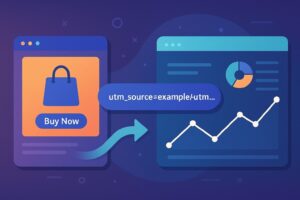
- Unlocking Maximum ROAS: Budget Scaling Secrets for 2025
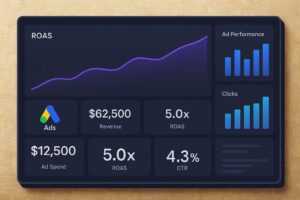
- How to Use A/B Testing to Scale Paid Ad Performance
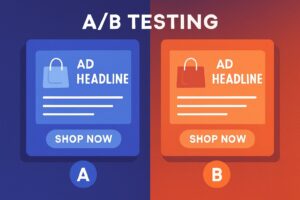
- Click-Through Rate (CTR) Hacks That Actually Work
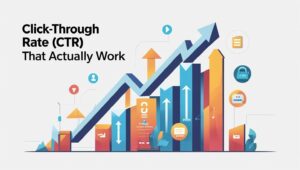
- Meta Ads Funnel Strategies for Customer Acquisition
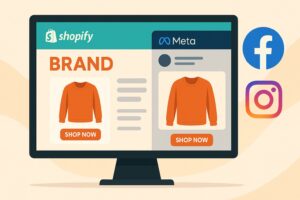
- Google Performance Max: Winning Strategies for E-commerce

- Performance Marketing Playbook: A No-Fluff Guide to Winning in 2025

- Mastering Customer Experience & Retention on Shopify

- Best Shopify Apps to Skyrocket Your E-commerce Growth


